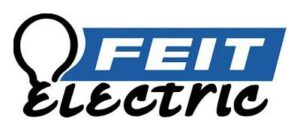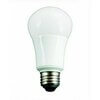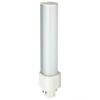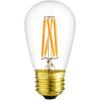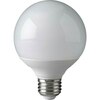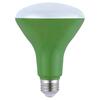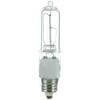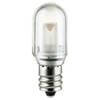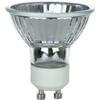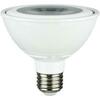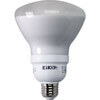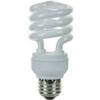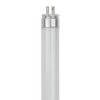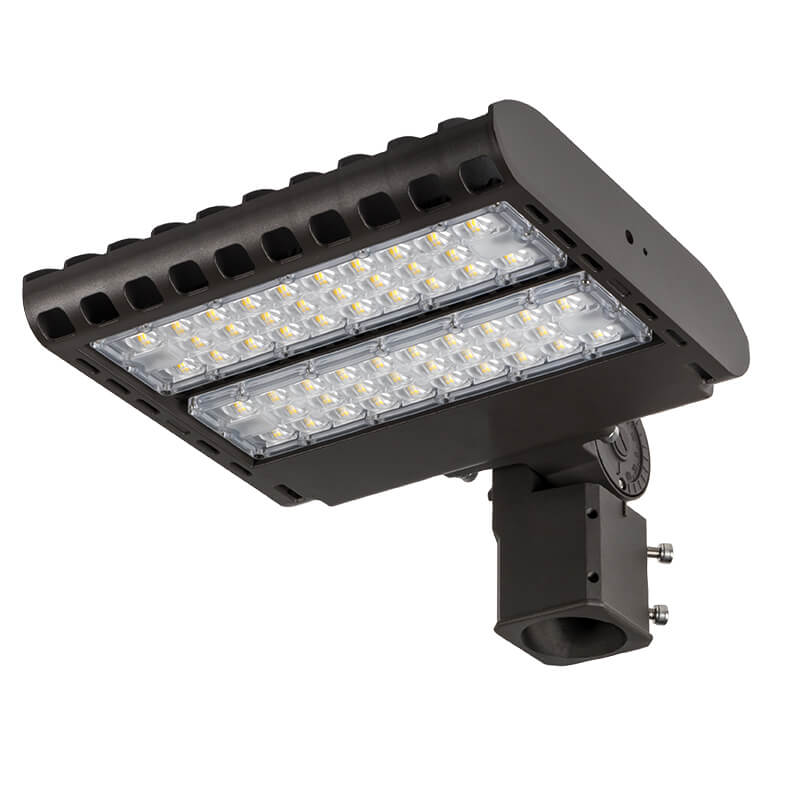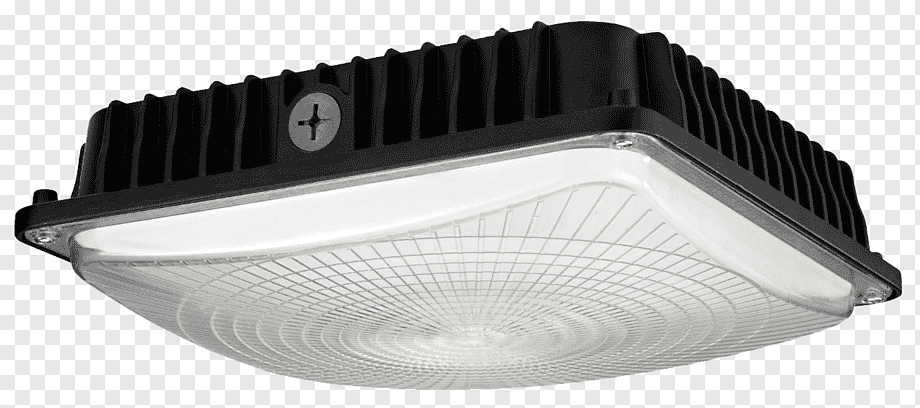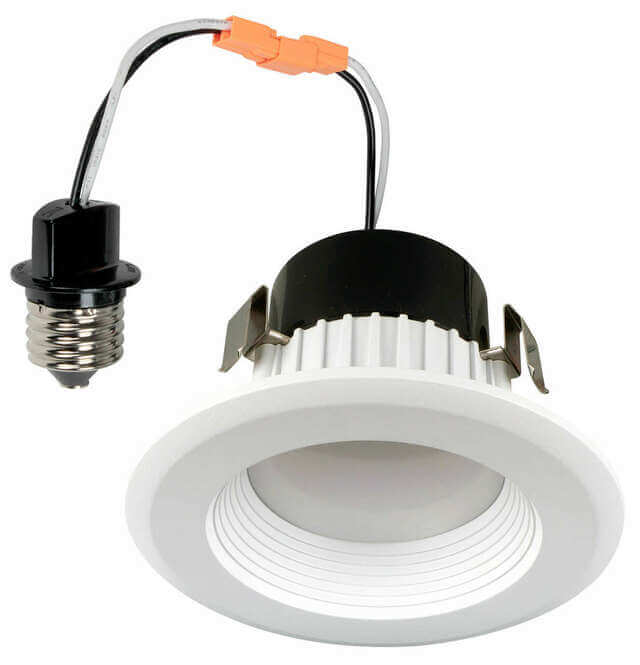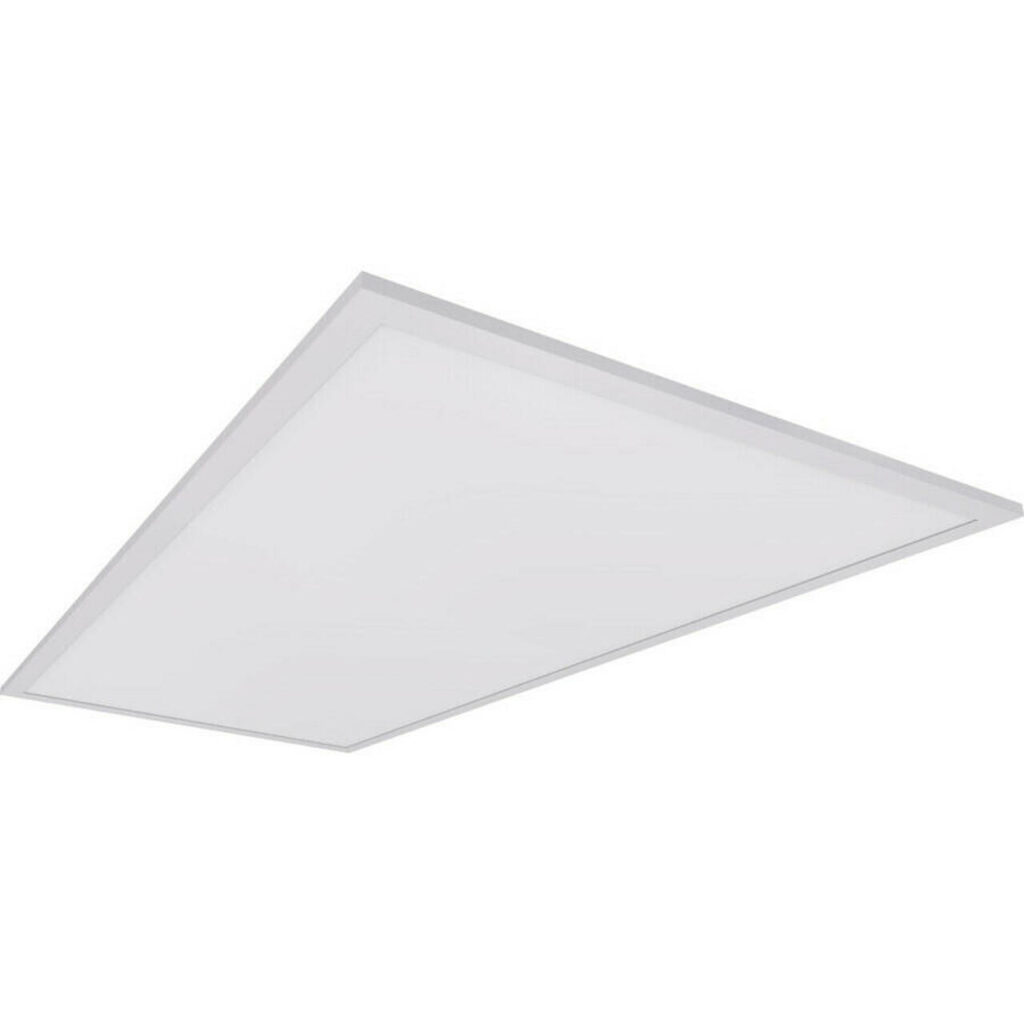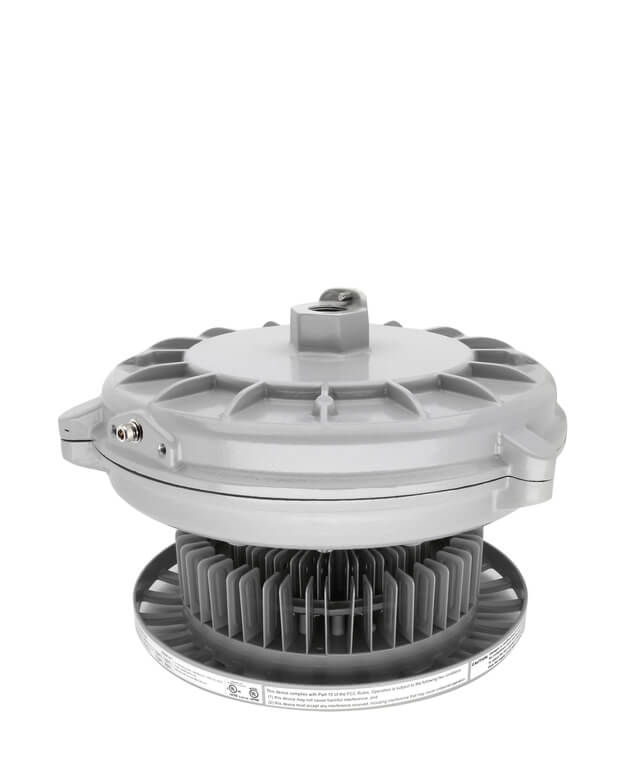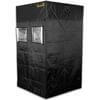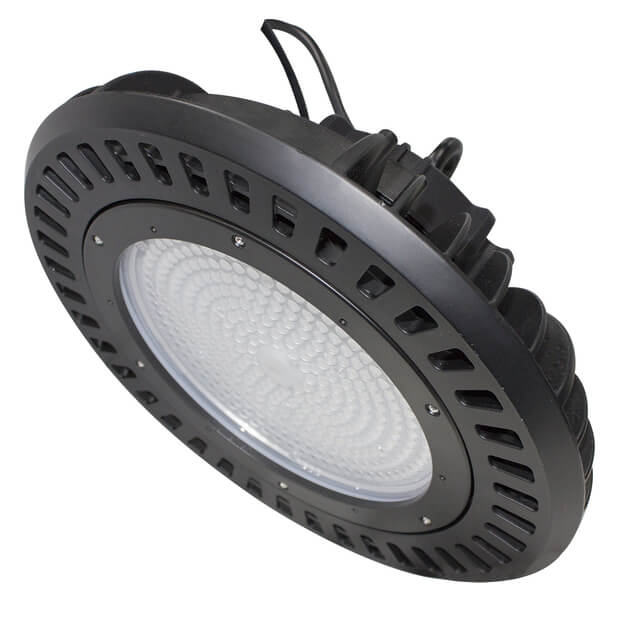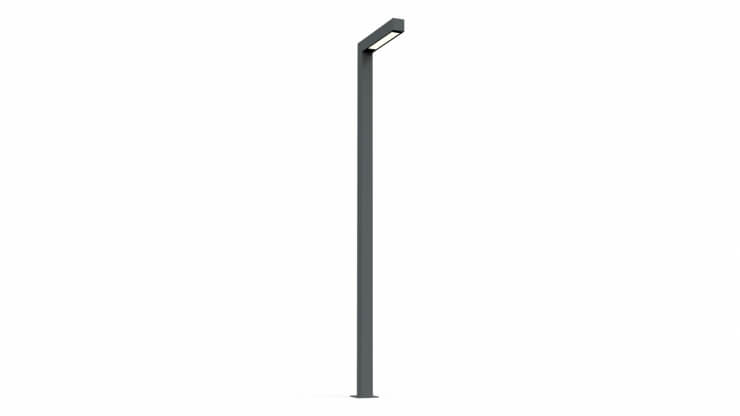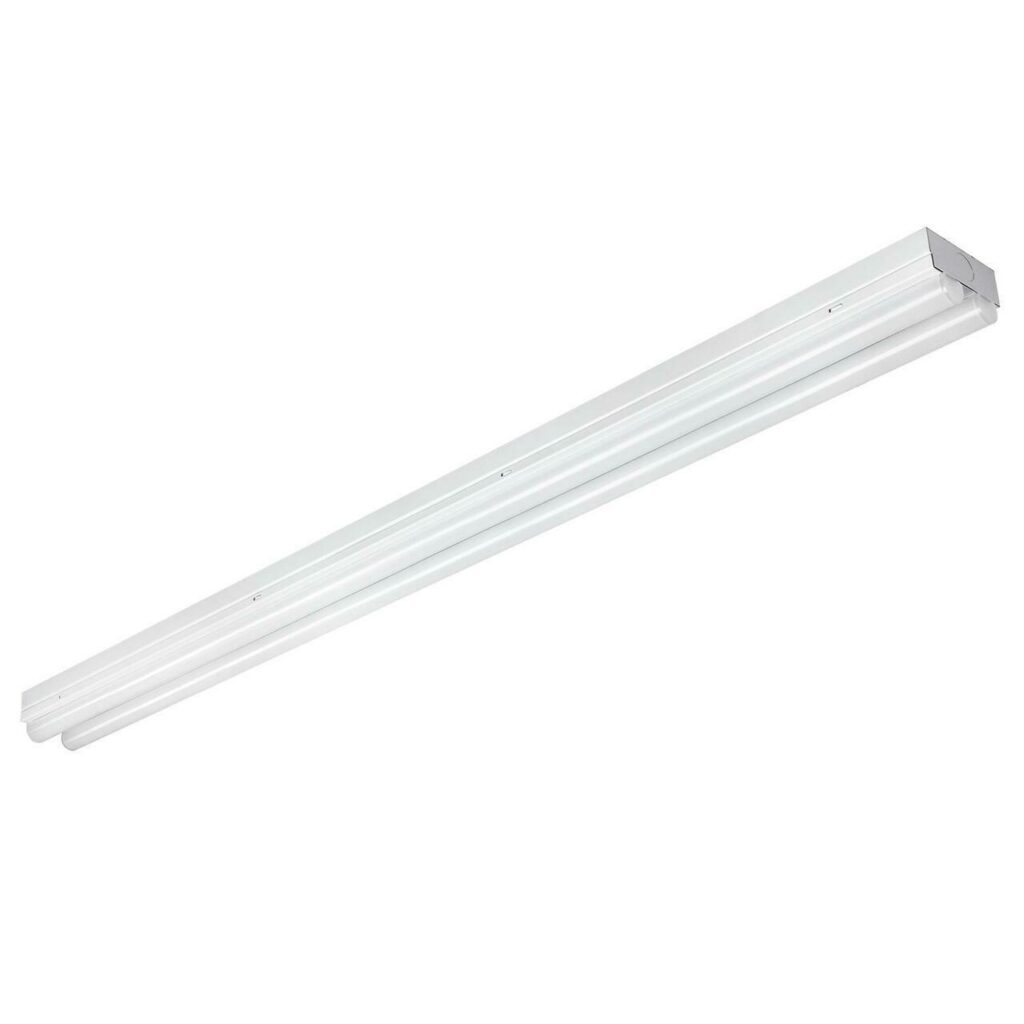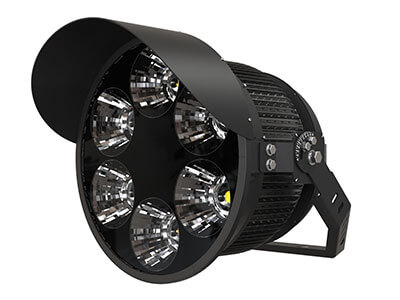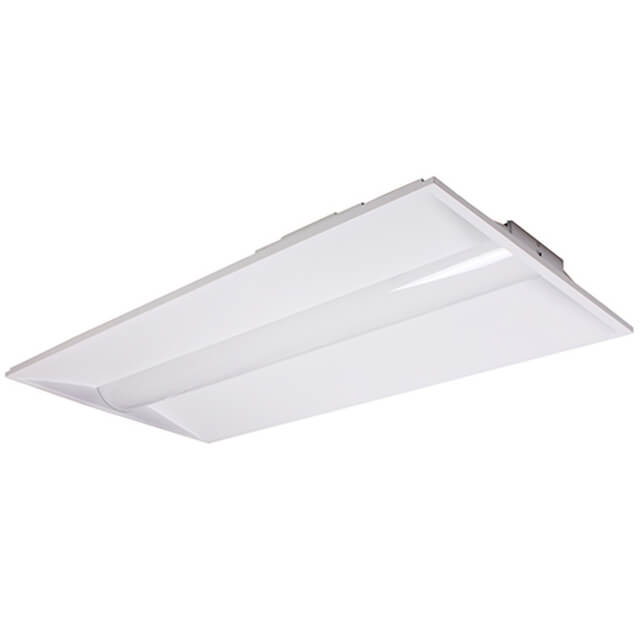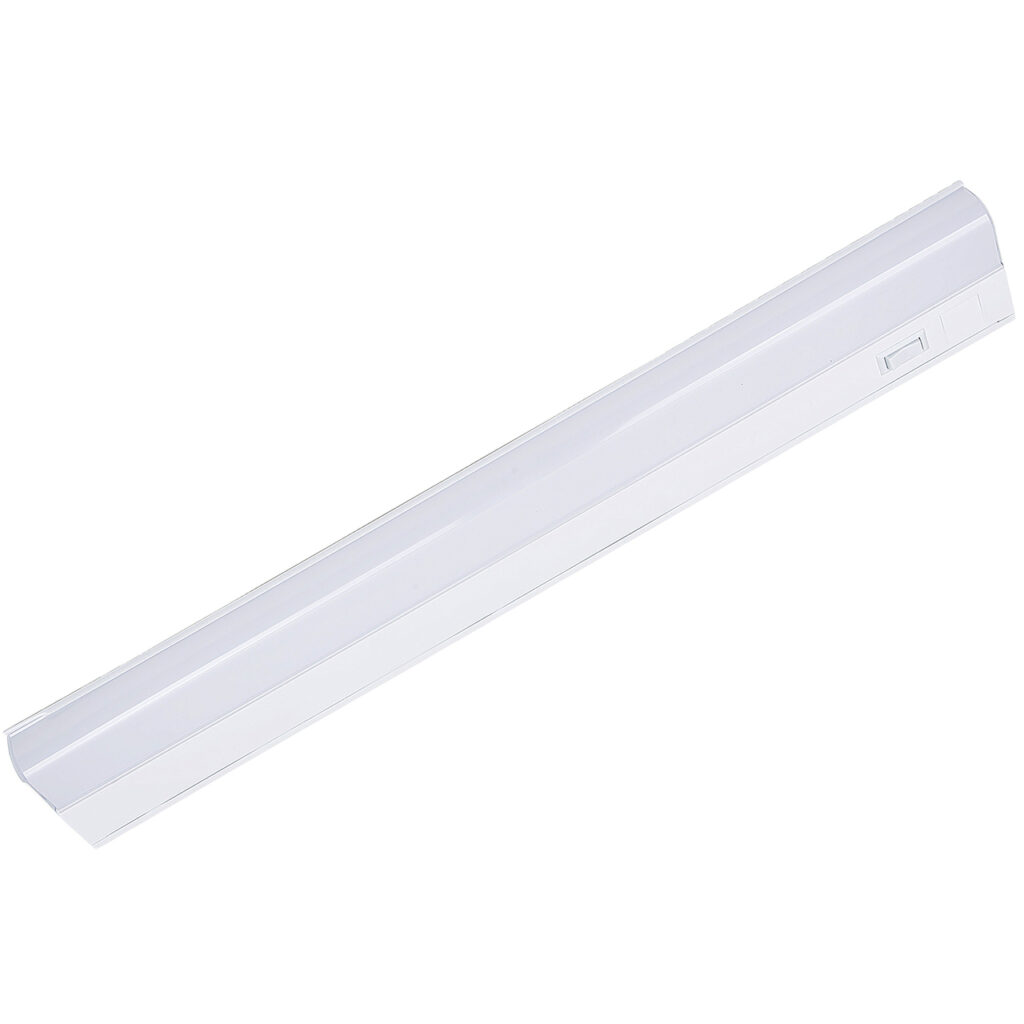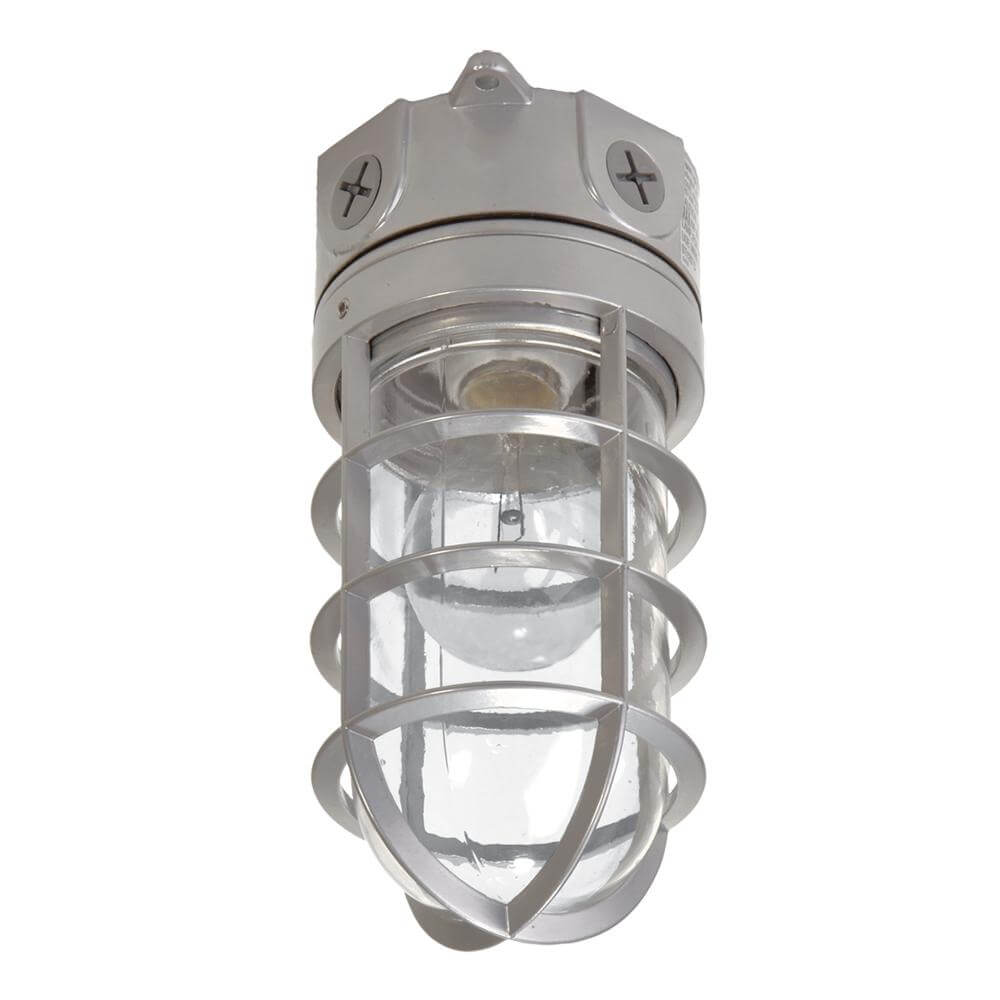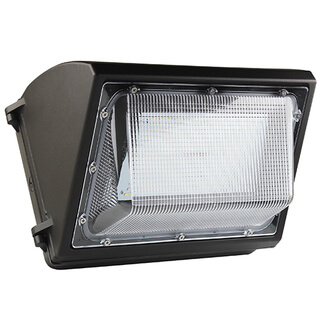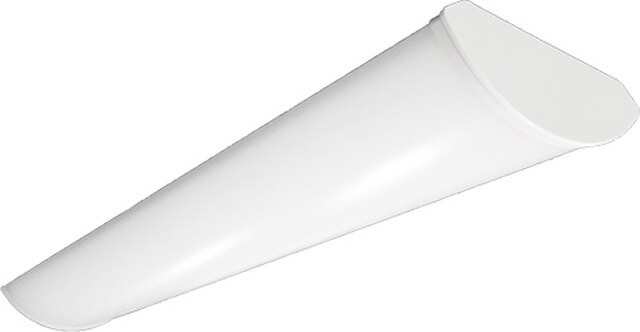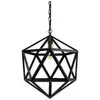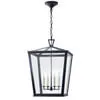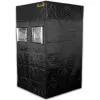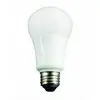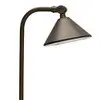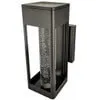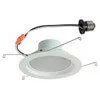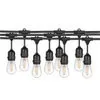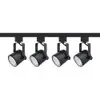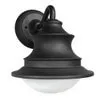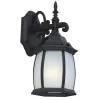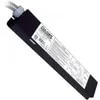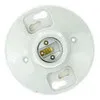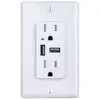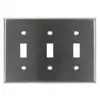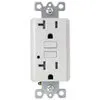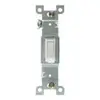Low voltage panoramic landscape lighting with line voltage illuminates the great architectural essentials of the house, exercising towards precious trees and making attractive ingredients. It also enhances the home’s elegance after the sun goes out and provides some radiance outside the door. It has also emerged as a vital section of our home, emphasizing the safety of dark gardens, frontal aptitude, and the house’s focus. Today, people, who have a lot of choice for low voltage landscape lighting, are looking for energy-efficient, long-term line or low-voltage lighting. Let’s see the difference between the two.
Low Voltage Landscape Lighting
Low voltage panoramic lighting is the most common demand for outdoor lighting are gardens. Some advantages of 12V panoramic luminaires are that installation is not very complicated but much cheaper and safer and can work without a licensed electrician. Low voltage landscape lighting fixtures can be installed and mitigate the risk of impact as cables do not have to be buried. There is also a large selection of low voltage panoramic lighting fixtures, fixtures, fixtures, light bulb wattage, and design distances. For most home applications, 12V panoramic lighting is better than outdoor lighting for 120V, making it more prevalent.
Benefits of Low Voltage Landscape Lighting
- Works safely in damp places
- Safe and much less disturbing to install
- Offering a more comprehensive range of luminaire equipment and light bulbs
- Easy to move equipment when relocating landscapes or improving homes
- More base designs and choices
- Less cost
- Line voltage landscape lighting
Line Voltage Landscape Lighting
The voltage of the line landscape lighting is commonly used for commercial, security, and general applications. The line voltage of the doorway lighting is labor-intensive and requires an electrical engineer for installation. The 120V backyard lighting cable should be buried in a conduit, 18 inches underground. The packaging should be sealed at the connection point. 120V outdoor lighting is used where there is a specific illumination size, with overall huge area lights. It uses a smaller number of bright luminaires or a vast cover of huge bushes of residential functions. Although new low voltage LED luminaires has enough power for current utilities
Line voltage luminaires in the backyard are very large and tend to output a lot of light. Historically, the voltage drop when lit for a long time. It has been the basis for line-to-line voltage. However, because current LED technology and multi-tap transformers often do this, low voltage structures are troublesome except when running very long.
Disadvantages of Line Voltage Outdoor Lighting:
- Installation requires an electrician
- Connections must be waterproof
- the risk of electric shock
- All cables must be created in a depth of 18 inches or an internal conduit
- A trench is required
- The line voltage mechanism is significant
- Less selection of fixtures and lighting fixtures
- Higher, Brighter fixtures – suitable for commercial security and public use
This article concludes everything you know about the difference between a line Voltage and low voltage landscape lighting.


